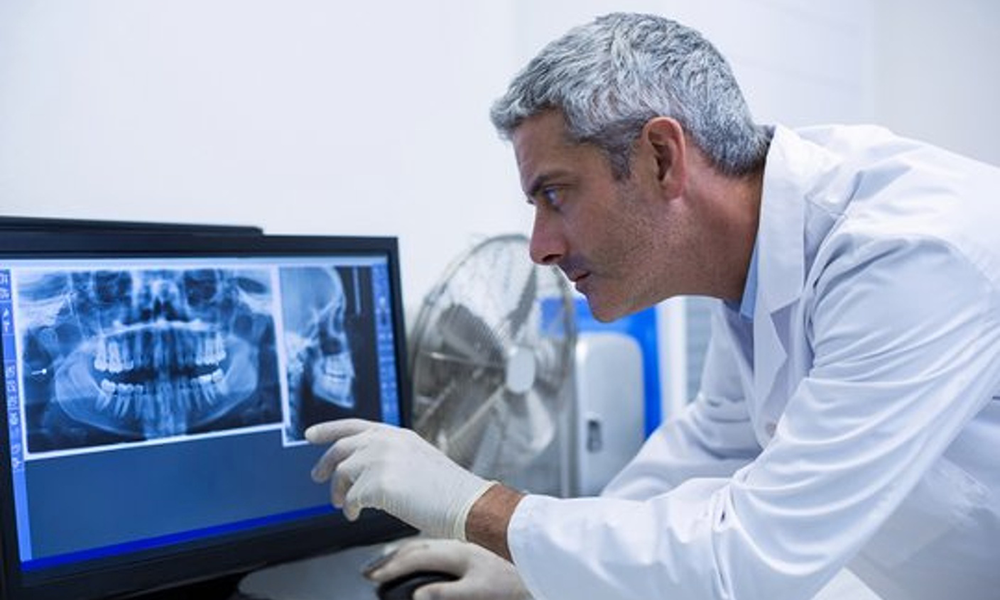
Dental Sleep Medicine in Restorative Practice Part 4: Treatment Monitoring
Dental Sleep Medicine in Restorative Practice Part 4: Treatment Monitoring
By Todd Sander DMD
One week after a dental sleep medicine patient is given their appliance I have them return for a follow-up appointment with my clinical assistant. During this appointment, we want to determine if the patient is having any issues. It takes a little time for patients to become accustomed to wearing their appliance and most patients have questions, so this appointment is a time to reassure them and reinforce instructions for advancement if the patient has a titratable appliance. After one week, many start to experience the benefits of 50 to 60% advancement.
We bring them back again at four to six weeks, at which time, we review their medical history and see if there have been changes. We also evaluate their compliance. We have a sleep log for patients to fill out every morning after they wake. We ask them to make notes about the quality of their sleep. We also have a report form for the patient’s bed partner if the patient has one to make note of the patient’s sleep quality. Believe it or not, spouses/bed partners are accurate 80% of the time when compared with sleep monitors. My clinical assistant reviews the sleep logs and medical history, performs a preliminary appliance check, and lets me know the highlights. Then I come in and perform a thorough examination and lead a discussion to determine how well the patient is adapting to the appliance.
If the patient is doing well with compliance and feels the therapeutic value of the appliance is adequate, I might decide to skip the eight to ten-week appointment and go straight to confirmation of resolution of symptoms with some sort of monitor. If the patient is not doing well or cannot advance comfortably, then we work out a plan. It is important to note that there are many effective appliances that are non-titratable and fabricated in a fixed position. With these appliances, I work out the titration to the treatment position in My TAP following a similar protocol before prescribing a treatment position in a final appliance.
Note that we often see issues that cross over into the area of facial pain and temporomandibular joint problems. Many patients doing sleep appliance therapy have these problems, so if you want to do sleep dental medicine, be prepared to also manage your patients through facial pain and TMD issues as you titrate their appliances.
Usually, in eight to ten weeks, we have successfully taught our patients to self-titrate the appliance to a comfortable treatment position, and we can move to monitor its effectiveness. We are always available to answer questions.
People wearing Fitbits and iWatches can use snore lab apps. By self-monitoring, they have a good sense of when their appliance is in a good treatment position. In our practice, we always confirm this with either a high-resolution pulse oximetry monitor or a peripheral arterial tone monitor. These two types of monitors provide data we give the referring physician. I always send a letter and report back to the patient’s sleep physician and general dentist (if the patient is not also a general dentistry patient), and I ask the patient’s permission to include their primary doctor in the loop.
After this, I see my sleep dental medicine patients for a six-month visit, then once a year for an annual visit. Often there are issues to be addressed. Sometimes the appliances need to be titrated a little bit more. Sometimes patients have been seating them improperly. Sometimes we see bite changes to address and document.
Related Course
TMD & Orofacial Pain: Managing Complex Patients
DATE: January 29 2025 @ 8:00 am - February 2 2025 @ 1:00 pmLocation: The Pankey Institute
CE HOURS: 37
Dentist Tuition: $ 7200
Single Occupancy with Ensuite Private Bath (per night): $ 345
THIS COURSE IS SOLD OUT TMD patients present with a wide range of concerns and symptoms from tension headaches and muscle challenges to significant joint inflammation and breakdown. Accurate thorough…
Learn More>






